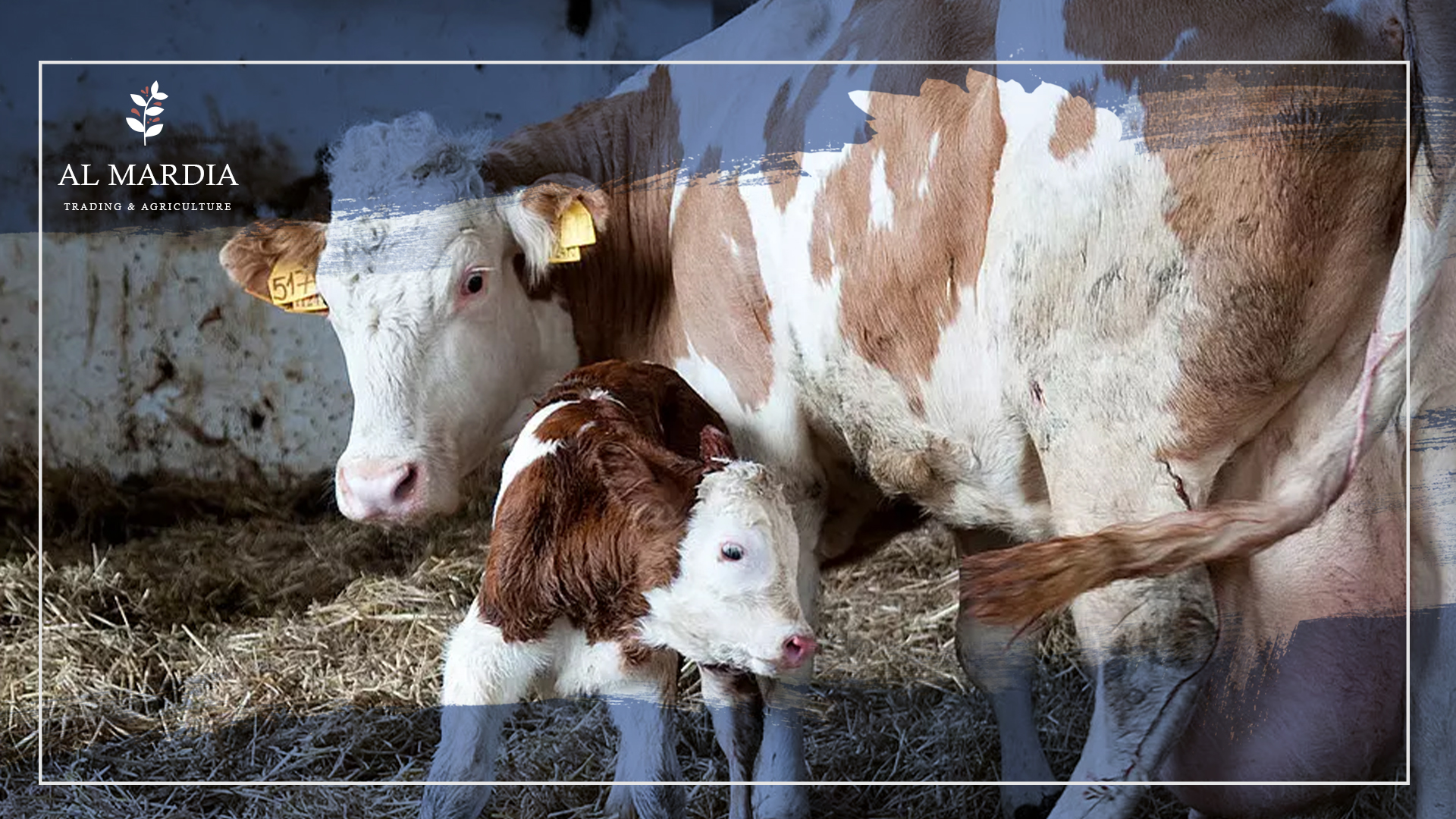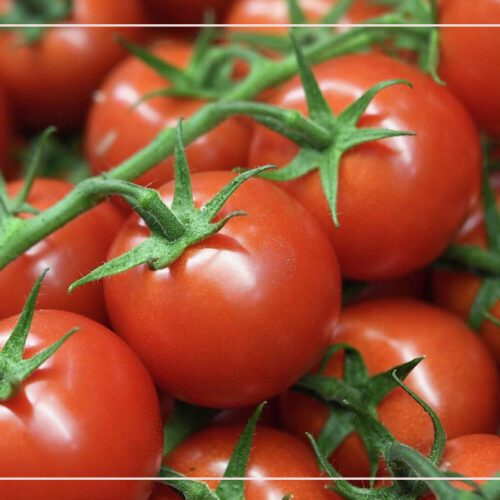
Cattle Fertility Improvement: Ideas and Practices
Improving fertility in cattle is an important part of livestock breeding. Cattle are the backbone of the agricultural industry, and their fertility plays a crucial role in ensuring the success of any livestock breeding program. By improving fertility in cattle, farmers can increase production efficiency and reduce losses due to infertility-related issues. In this article, we will discuss the importance of cattle fertility improvement and how it can be achieved through various methods such as animal reproduction techniques, nutrition management, and genetic selection.
Breeding young heifers
- Managing yearling heifers is an arduous task for cow-calf production. Breeding failure in such animals usually occurs due to two reasons; either the age of the heifer at breeding is insufficient or it lacks enough body size required at the time of mating.
- Puberty onset in heifers varies between breeds, with smaller ones typically reaching maturity earlier than the bigger ones. In addition, European (Bos taurus) cattle reach puberty at a younger age than Bos indicus breeds e.g. Brahman.
- It is recommended that heifers should be a minimum of twelve months old at the commencement of the breeding season. It is important to remember that this age is a lower limit, not an average.
Average puberty age
The average age for heifers to reach puberty should be 13-14 months. We use a straightforward rule in order to determine the ideal target weight for this stage. Moreover, they should weigh at least two-thirds of their weight at maturity before they are ready for breeding.
For example, if your cows in their mature stages weigh 1200 pounds, then heifers should reach a weight of 800 pounds at the time of breeding. To ensure that your heifers have adequate body weight for breeding, it is important to plan ahead.
Balanced nutrition and livestock fertility
- Livestock fertility and health are highly dependent on the nutritional requirements of the animals. Cattle nutrition requirements must be met in order to ensure optimal reproductive performance and overall health. Mineral supplementation for animals is one way to meet these needs, as well as providing organic feed products.
- For cows to be highly productive, they need to calve every 12 months. To achieve this, they must breed within 80 days of calving. This is because a cow will be pregnant for 285 days in the year and the remaining limited time must be used to recover from calving and start breeding again.
- It is highly important to minimize any chances of error. Anything related to nutrition during the late gestation period and until breeding can extend the postpartum interval. Dairy cows should be in a healthy condition prior to calving and maintain this condition throughout their breeding period. Nowadays, several products and additives, such as , are manufactured to maintain overall health, aid in healthy pregnancies, improve fertility, and increase milk production in cattle.
- Cows that are thin at calving are more likely to breed late or end up not being bred by the end of the season. Additionally, those that lose body condition from calving to breeding will also suffer from these outcomes. In such cases, FeedPro is recommended, as it increases the animals’ feed intake and leads to better growth performance.
Prevention of Reproductive Diseases
- Reproductive diseases are numerous in number and can cause serious issues such as stillbirth or abortion. The good news is that these can be easily prevented through proper vaccination and management practices.
- Many reproductive diseases have evolved and become more complex over time. The ever-increasing mobility of people and goods has also created pathways for these disease-causing organisms to migrate into previously unaffected areas.
- It is recommended that producers consult a veterinary professional at least once a year and adhere to the advice given. By not following a preventative approach, producers are running the risk of significant financial losses in the future from their herd
Breeding Soundness of Bulls
- Recent statistics suggest that the infertility rate among breeding bulls is alarmingly high, as high as 20%. That roughly translates to one in every five bulls being subfertile or sterile. A Breeding Soundness Exam (BSE), conducted by a certified veterinarian or technician, can be used to identify any reproductive issues in bulls.
- Annually, all breeding bulls should undergo a Bovine Somatic Cell (BSE) test. It helps to detect any potential issues. A newer additional diagnostic test is now available and can be combined with the BSE to provide even more comprehensive results.
- Cow-calf producers who select yearling bulls with large scrotal circumferences (greater than 32 cm) will likely have daughters that reach puberty earlier. Also, these daughters maintain reproductive efficiency throughout their lifetime which is an added benefit.
- One way to tackle poor reproductive performance is to breed heifers as yearlings in a shorter breeding season (45 days). This makes it difficult for heifers to get pregnant, which means that only the more fertile will be part of the herd.
Conclusion
Finally, remember cows are very much like a factory. Raw materials such as grass, supplements, and water enter the factory, and a finished product is produced. Therefore, it is essential that we take action now to ensure that these factories are managed responsibly so that we can continue to enjoy meat and dairy products in the future. Breeding efficiency is an important measure of success for any cow factory and when the cows fail to breed, the efficiency of this “factory” drops significantly. As a result, farmers must take extra steps to ensure that their cows are able to produce calves in order to maximize their efficiency.
Related Topic
All you should know about Dairy Farming
Common Questions
-
What is the best method for genetic improvement of cattle within the breed?
Artificial Insemination (AI) is an effective tool for enhancing genetic improvement in cattle. It’s an efficient way to take advantage of national genetic evaluation programs, particularly when it comes to dairy cattle.
-
What factors optimize reproductive efficiency in cattle?
Numerous aspects can affect reproductive performance. Reproductive management program, body condition score loss/nutritional management and the genetic makeup of cows are all examples. Additionally, the comfort and care given to them by the facilities and staff plays an essential role with increasing efficiency.
-
How do you increase fertility in cattle?
To maximize fertility, pay extra attention to the nutritional requirements and comfort levels of the cows. This must last from eight weeks before to three weeks after calving. After the calving period, it is essential to move them immediately, keep them in moderate stocking rates, create a comfortable environment for them with minimal changes and detect & address any diseases as soon as possible.





